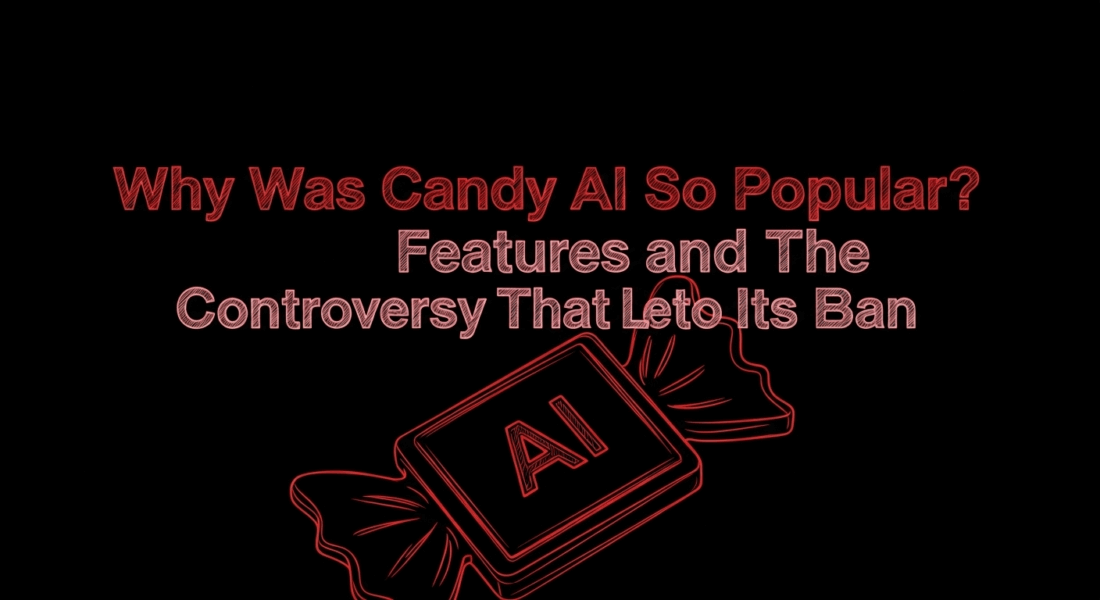Data: USDC circulation increased by about 300 million in the past 7 days
2025/06/21 14:06
PANews reported on June 21 that according to official data, in the seven days ending June 19, Circle issued about 3.6 billion USDC, redeemed about 3.3 billion USDC, and the circulation increased by about 300 million. The total circulation of USDC is 61.2 billion, and the reserve is about 61.6 billion US dollars, of which about 8.4 billion US dollars are in cash, and the Circle Reserve Fund holds about 53.3 billion US dollars.
Disclaimer: The articles reposted on this site are sourced from public platforms and are provided for informational purposes only. They do not necessarily reflect the views of MEXC. All rights remain with the original authors. If you believe any content infringes on third-party rights, please contact service@support.mexc.com for removal. MEXC makes no guarantees regarding the accuracy, completeness, or timeliness of the content and is not responsible for any actions taken based on the information provided. The content does not constitute financial, legal, or other professional advice, nor should it be considered a recommendation or endorsement by MEXC.
Share Insights
You May Also Like
Pi Network Unveils Linux Node, Protocol v23 as Pi Coin Fights All-Time Low
Pi Network introduced Linux Node support and confirmed plans for a protocol upgrade to version 23, aiming to enhance infrastructure and expand KYC integration. Infrastructure Upgrades Gain Momentum Pi Network launched the Pi Node Linux, giving operators—particularly exchanges and service providers—a standardized way to run node software. The rollout eliminates the need for customized builds […] The post Pi Network Unveils Linux Node, Protocol v23 as Pi Coin Fights All-Time Low appeared first on CoinChapter.
Share
Coinstats2025/08/28 16:31
Share

Why Was Candy AI So Popular? Features and The Controversy That Led to Its Ban
BitcoinWorld Why Was Candy AI So Popular? Features and The Controversy That Led to Its Ban For tech enthusiasts and a broad user base seeking digital companionship, Candy AI became a viral phenomenon. As of August 2025, the platform is no longer available, having been banned due to a combination of legal, safety, and ethical issues. However, before its shutdown, it was widely discussed for its advanced technology and the controversy surrounding its adult-oriented features. The Rise and Fall of Candy AI The platform’s popularity stemmed from its sophisticated ability to offer a deeply personalized and intimate AI chat experience, a step beyond typical chatbots. The core appeal was the ability to create and engage with an emotionally responsive virtual companion that was always available. Discussions about Candy AI often revolved around these key themes: The Novelty of AI Intimacy: The platform gained attention for simulating human-like, intimate relationships, fulfilling a desire for companionship in a digital space. Controversy and Ethical Debates: Its explicit, unfiltered content for adults sparked intense global debate over the ethics, privacy, and safety of generative AI platforms. Tech and User Curiosity: The service was a major topic in the AI community, pushing the boundaries of what was possible with conversational AI and attracting users eager to explore these new frontiers. Key Features of the Candy AI Platform Prior to its ban, Candy AI stood out from competitors due to its advanced and highly customizable features, which were built on cutting-edge Natural Language Processing (NLP) and machine learning. Customization Personalized AI Companions: Users could design their own virtual characters, often referred to as an “AI girlfriend” or “AI boyfriend,” with extensive control over appearance and voice. Detailed Persona Creation: The platform allowed for the definition of specific personality traits, relationship dynamics, hobbies, and backstories, ensuring a highly personalized experience. Conversational Experience Advanced NLP for Realistic Conversations: Candy AI utilized sophisticated NLP to facilitate fluid, context-aware conversations that felt more authentic than scripted chatbot responses. Adaptive Memory: The AI had a robust memory system that allowed it to recall past conversations and user preferences, making interactions feel more personal and long-term. Emotional Simulation: The technology was capable of detecting a user’s tone and mood, allowing it to provide empathetic and emotionally responsive replies. Multimedia and Immersive Features Voice Integration: Users could engage in voice-based conversations, which added a more immersive and personal dimension to the chat experience. Image Generation: A key feature was the ability to request custom, on-demand images of the AI companion, such as “selfies” created from a user’s specific prompts. Immersive Roleplay: Users could participate in complex, user-scripted roleplaying scenarios, from fantasy adventures to romantic storylines. The Reason for the Ban The primary reason for the platform’s shutdown was its focus on mature, unfiltered adult-oriented content. While a premium feature available to verified 18+ users, the explicit nature of the interactions raised significant red flags. This, combined with a lack of robust age verification and content moderation, led to a global ban in August 2025 by authorities concerned with legal and ethical violations. Conclusion The story of Candy AI underscores the rapid evolution and significant challenges within the AI companion market. While its advanced features set a new standard for conversational and personalized AI, its eventual ban highlights the critical importance of legal compliance and ethical responsibility in the development of generative AI technologies. This post Why Was Candy AI So Popular? Features and The Controversy That Led to Its Ban first appeared on BitcoinWorld and is written by Keshav Aggarwal
Share
Coinstats2025/08/28 16:03
Share

Sony's L2 network, Soneium, has launched a scoring system to track and incentivize user activity on its blockchain.
PANews reported on August 28th that Sony's Layer 2 blockchain, Soneium, has launched the "Soneium Score" scoring system, designed to track and reward real-world participation across the blockchain ecosystem. The system aims to "help users build a lasting identity" through their every action, awarding points based on their on-chain activity (including asset swaps, staking, and NFT trading). The scoring framework assesses participation across four dimensions: daily activity consistency, liquidity contributions, NFT holdings, and rewards from featured projects.
Share
PANews2025/08/28 17:04
Share